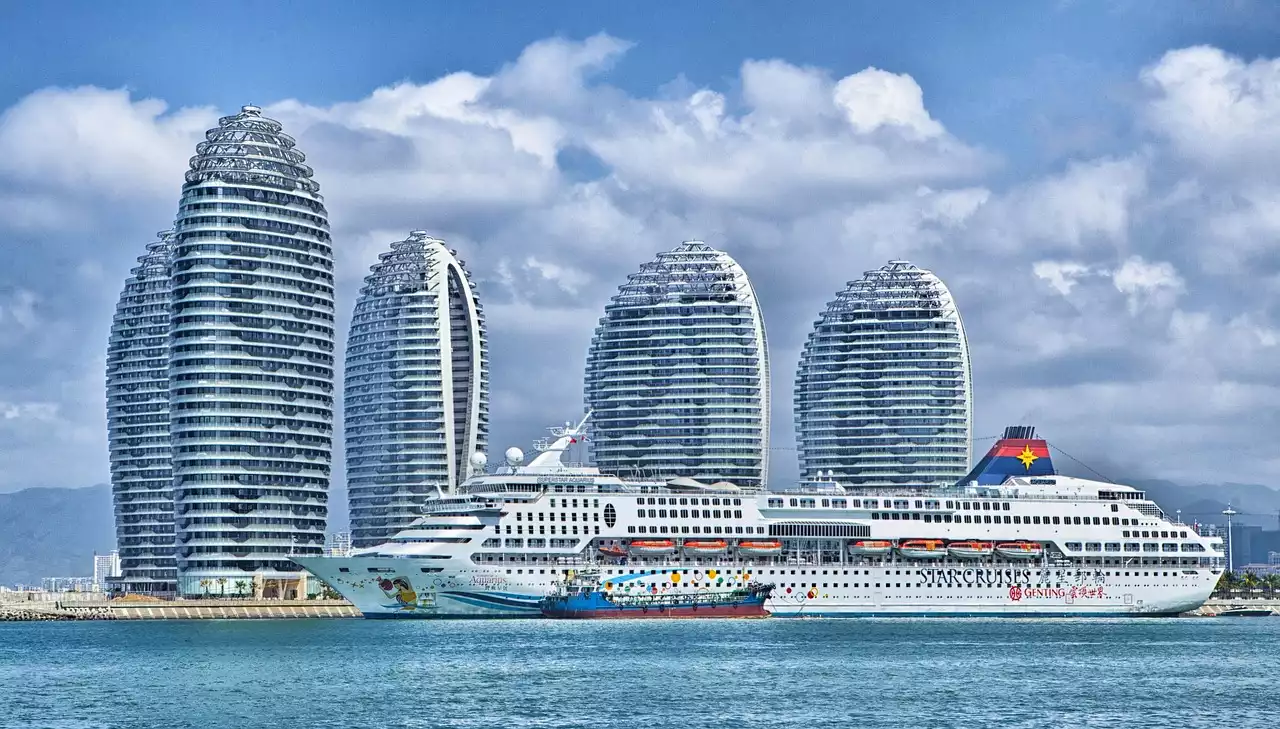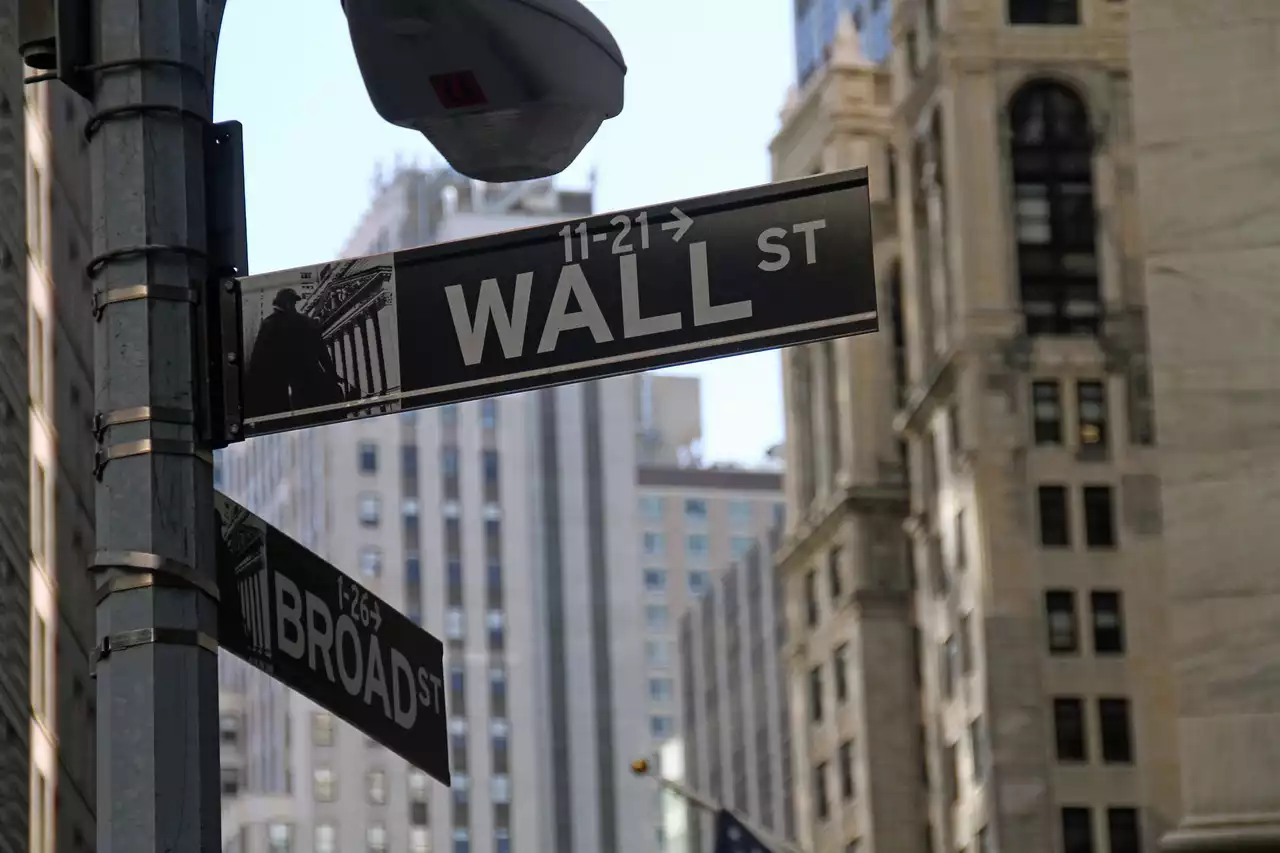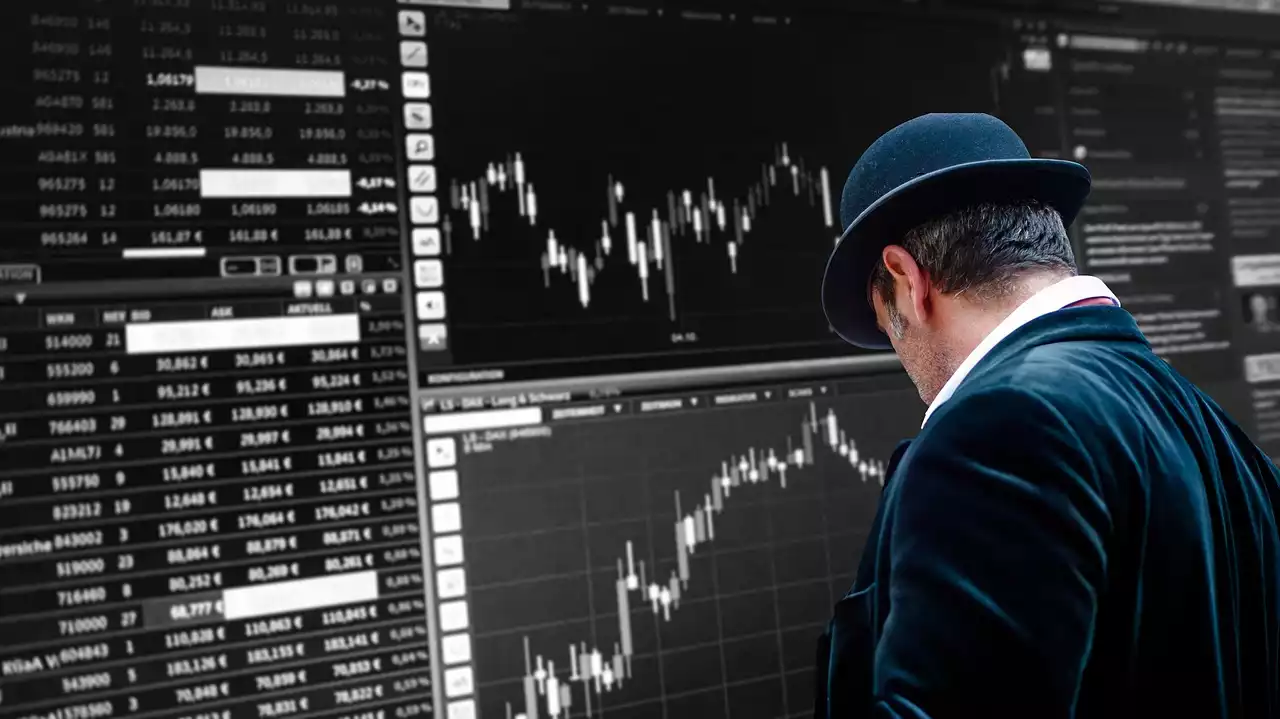Overview of the Shanghai Stock Exchange
The Shanghai Stock Exchange is the largest exchange in Asia and the third largest in the world by market capitalization. It is a major source of funding for Chinese companies, providing access to global investors. The SSE is a market-based, capital-transfer mechanism that has supported China’s transition from a centrally planned economy to a more open and market-oriented system. The SSE is governed by mainland Chinese laws and regulations. The SSE is the largest stock exchange in terms of market capitalization in Asia and is the third-largest in the world. The SSE is also one of the most innovative and technologically advanced exchanges in the world. Trading on the SSE is predominantly done through computer networks. The SSE is located in the Lujiazui area of Pudong, Shanghai, China. The Shanghai Stock Exchange has a comprehensive online trading platform for investors to trade securities listed on the exchange. The SSE also publishes a wide range of financial and economic data and research reports that are accessible to the public.
History of the Shanghai Stock Exchange
The Shanghai Stock Exchange has a long and colorful history that spans almost 70 years. In the years leading up to the China stock market crash in 1989, the country witnessed a rapid increase in the number of stocks trading on the exchanges. This was due to an influx of foreign investment and relaxed government policies that created a favorable investment environment. However, the rising number of stocks and the amount of foreign investment led to a significant increase in market volatility and inflation. In response, the government enacted policies that introduced restrictions that inhibited the growth of the Chinese stock market. The second phase of China’s stock market began in 1990 when the Shanghai Stock Exchange was officially established to replace the Shanghai Stock Exchange that had been shut down in 1949. The new exchange-traded securities were only available to Chinese citizens. It was only in 1991 that the exchange began trading securities that were open to both Chinese and foreign investors.
Key components of the Shanghai Stock Exchange
The Shanghai Stock Exchange is made up of three different marketplaces: the Main Board, the Alternative Board, and the New Third Board.
Main Board
As with other stock exchanges, the Main Board of the Shanghai Stock Exchange is the core and primary marketplace for the trading of equity securities in China. A wide variety of Chinese companies are listed on the Main Board, ranging from leading state-owned enterprises to newly formed companies. The Main Board is also the only marketplace on the SSE that allows foreign investors to trade Chinese stocks.
Alternative Board
The Alternative Board of the Shanghai Stock Exchange is a marketplace that specializes in listing small- and medium-sized Chinese companies. Smaller companies listed on the Alternative Board have the potential to grow and become larger, leading to an increase in the liquidity of their stock.
New Third Board
The New Third Board of the Shanghai Stock Exchange is a marketplace for Chinese companies to conduct initial public offerings (IPOs). IPOs are the first sale of shares by a company as a form of financing.
Market performance and trading volumes
The Shanghai Stock Exchange has a massive number of investors from around the world that actively trade stocks listed on the exchange. According to statistics provided by the SSE, it has a total market capitalization of more than $6.6 trillion, and a daily trading volume of about $100 billion. The exchange is home to more than 1,500 listed companies that comprise about 60% of the total market capitalization of the Shanghai Stock Exchange. The SSE’s large market capitalization and high trading volume are indicative of growing investor confidence in the Chinese economy, and they are also a reflection of a booming economy.
Trading products and services offered by the SSE
The Shanghai Stock Exchange offers a wide range of trading products and services that allow investors to trade stocks on the exchange. Investors who trade on the SSE can choose to trade stocks either manually or electronically. Manual trading refers to trading stocks through the exchange’s trading floor or by telephone. Electronic trading refers to trading stocks through the exchange’s online trading platform.
Regulatory framework of the SSE
The Shanghai Stock Exchange has a comprehensive regulatory framework in place that is designed to ensure a fair and transparent marketplace. The exchange has a strict set of listing requirements for companies seeking to list their stock on the SSE. Companies interested in listing their securities on the SSE are required to publish a prospectus, an offering document that contains detailed information about the company. The exchange has a set of standards and rules that govern trading activities on the platform.
Trading fees and costs
Trading on the Shanghai Stock Exchange occurs on a full-time basis, and the exchange does not charge any trading fees. The SSE does not charge transaction or brokerage fees as well. However, there are market and liquidity risks associated with trading on the SSE. These risks apply to both individual and institutional investors. Individual investors face liquidity risk, which refers to the possibility that an investor would be unable to sell a security at a desirable price. Institutional investors, on the other hand, face market risk, which refers to the possibility that an entire market would experience a significant price fluctuation.











